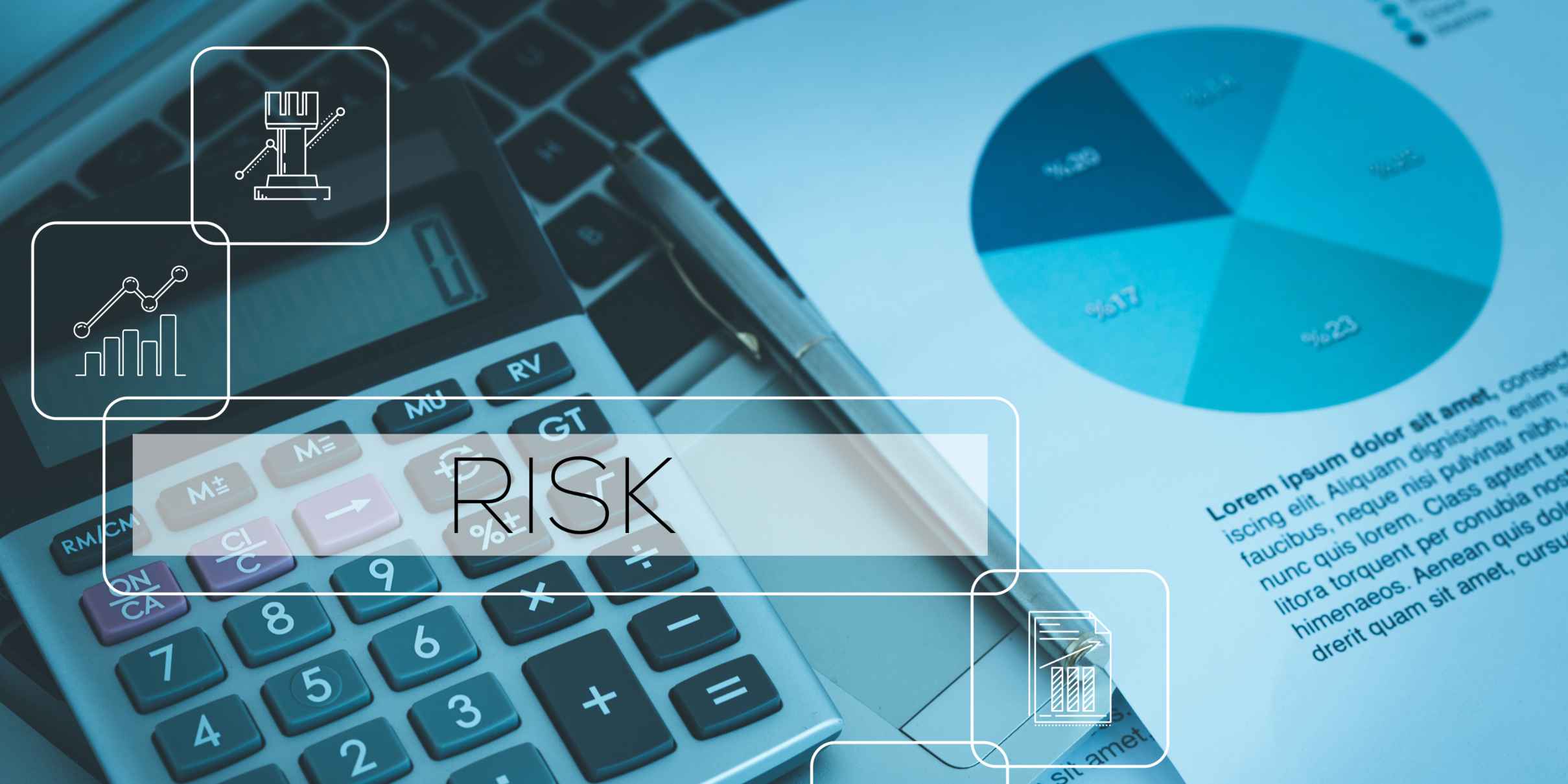Vendor risk assessment is a structured process of evaluating potential and existing third-party suppliers to identify, analyse, and mitigate risks they might introduce to your organisation. The process typically involves gathering information through questionnaires, conducting due diligence, implementing a risk scoring system, and establishing continuous monitoring protocols. An effective vendor risk assessment helps protect against data breaches, operational disruptions, regulatory non-compliance, and reputational damage while maintaining business continuity. By systematically evaluating vendors based on predefined criteria, organisations can make informed decisions about which third parties to engage with and how to manage ongoing relationships.
Understanding vendor risk assessment fundamentals
Vendor risk assessment fundamentals revolve around identifying, evaluating, and managing the risks that third-party relationships bring to your organisation. These assessments are essential because modern businesses increasingly rely on external vendors for critical functions, creating complex networks of dependencies and potential vulnerabilities.
The types of risks vendors may introduce include:
- Cybersecurity risks - vulnerabilities that could lead to data breaches or system compromises
- Operational risks - disruptions to your business processes due to vendor failures
- Compliance risks - regulatory violations that could result from vendor actions
- Financial risks - instability or financial problems affecting vendor performance
- Reputational risks - damage to your brand through association with problematic vendors
- Strategic risks - misalignment between vendor capabilities and your business objectives
Understanding these fundamentals helps organisations develop a comprehensive approach to third-party risk management that aligns with both business objectives and regulatory requirements.
What is vendor risk assessment?
Vendor risk assessment is a systematic process of evaluating third-party providers to identify and mitigate potential risks they may introduce to your business. It forms a critical component of broader third-party risk management programmes, serving as the foundation for making informed decisions about vendor selection, contract negotiations, and ongoing relationship management.
A comprehensive vendor risk assessment programme includes several key components:
- A centralised vendor register that maintains all supplier profiles, contacts, and contracts
- Standardised risk assessment methodologies and questionnaires
- Clear risk scoring models with defined risk tolerance thresholds
- Due diligence procedures tailored to different vendor categories
- Governance frameworks for risk-based decision making
- Continuous monitoring mechanisms for existing vendors
- Integration with broader organisational risk management
By implementing these components, organisations create a structured approach to managing vendor-related risks that helps protect against disruptions while ensuring regulatory compliance.
How do you create an effective vendor risk questionnaire?
Creating an effective vendor risk questionnaire requires balancing comprehensive risk coverage with usability to ensure vendors provide accurate, complete responses. Start by defining clear objectives for your assessment and tailoring questions to the specific vendor category and services being provided.
Essential question categories to include:
- Information security - controls, policies, and certifications
- Business continuity and disaster recovery capabilities
- Compliance with relevant regulations and standards
- Financial stability and business health indicators
- Operational processes and quality management
- Data privacy and protection measures
- Subcontractor management and fourth-party risk
For effective customisation, consider using dynamic questionnaires that adapt based on initial responses. For example, if a vendor indicates they process personal data, automatically include detailed GDPR-related questions. Keep questions clear and specific, avoiding industry jargon where possible, and use a mix of yes/no questions alongside those requiring detailed explanations.
To ensure complete and accurate responses, provide context for why information is being requested, set clear deadlines, and offer support for vendors who may have questions about the assessment process.
What information should you collect during vendor due diligence?
During vendor due diligence, you should collect comprehensive information that provides a complete picture of the vendor's capabilities, risks, and alignment with your organisation's requirements. This information forms the foundation for risk-based decision making and ongoing vendor management.
Critical information to gather includes:
- Financial stability indicators - annual reports, credit ratings, financial statements
- Security certifications - ISO 27001, SOC 2, PCI DSS, and other relevant standards
- Compliance documentation - evidence of regulatory adherence relevant to your industry
- Business continuity plans - disaster recovery procedures and resilience testing results
- Data processing details - where and how your data will be handled
- Subcontractor relationships - fourth parties that may access your data or services
- Insurance coverage - cyber liability, professional indemnity, and other relevant policies
- Operational capabilities - staff qualifications, technology infrastructure, and service levels
- Past performance - client references, incident history, and service track record
Collecting this information not only helps identify potential risks but also establishes a baseline for measuring vendor performance throughout the relationship lifecycle.
How do you implement a vendor risk scoring system?
Implementing a vendor risk scoring system requires developing a structured methodology that quantifies risks consistently across your vendor portfolio. The system should produce scores that enable meaningful comparison between vendors and facilitate risk-based decision making.
Step-by-step approach to implementation:
- Define risk categories (security, financial, operational, compliance, etc.)
- Determine assessment criteria within each category
- Assign weighting factors based on impact to your organisation
- Develop scoring scales (e.g., 1-5 or high/medium/low)
- Create calculation formulas for aggregating scores
- Set threshold values that trigger specific actions
- Document interpretation guidelines for decision-makers
- Implement technology to automate scoring
An effective scoring system should be flexible enough to adapt to different vendor types while maintaining consistency. For example, a critical IT service provider might have higher weightings for security and operational criteria compared to an office supplies vendor.
When interpreting scores, consider both absolute values and relative positioning within your vendor ecosystem. Establish clear governance processes that define what actions must be taken based on specific score ranges, ensuring consistent risk management across the organisation.
Why is continuous vendor monitoring important?
Continuous vendor monitoring is crucial because point-in-time assessments only capture a vendor's risk profile at a specific moment, while real risks evolve constantly. Regulatory requirements, security threats, and vendor circumstances change frequently, making ongoing monitoring essential for maintaining an accurate risk picture.
Continuous monitoring provides several key benefits:
- Early detection of emerging risks before they impact your business
- Verification that vendors maintain compliance with contractual obligations
- Identification of service level agreement (SLA) breaches in real time
- Evidence gathering for regulatory requirements like DORA compliance
- Proactive risk management rather than reactive incident response
- Enhanced decision making through trend analysis over time
Effective continuous monitoring combines automated data collection with periodic manual reviews. Automated systems can track financial stability indicators, cybersecurity ratings, news mentions, and regulatory compliance status. These should be supplemented with scheduled reassessments, performance reviews, and on-site audits for critical vendors.
By implementing robust monitoring practices, organisations can maintain regulatory compliance while building stronger, more resilient vendor relationships.
Key takeaways for building a robust vendor risk management programme
Building a robust vendor risk management programme requires integrating multiple elements into a cohesive framework that aligns with your organisation's broader governance and compliance structure. The most effective programmes balance thoroughness with efficiency, using automation to reduce manual effort while maintaining rigorous standards.
Essential practices include:
- Establishing clear governance with defined roles and responsibilities
- Developing a tiered approach that focuses resources on highest-risk vendors
- Implementing centralised data management for all vendor information
- Automating routine assessment processes and monitoring activities
- Creating standardised workflows for vendor onboarding, assessment, and review
- Integrating vendor risk management with enterprise risk frameworks
- Maintaining comprehensive documentation for regulatory compliance
- Regularly reviewing and improving your assessment methodologies
The most successful programmes view vendor risk management not as a compliance checkbox but as a strategic business function that adds value by preventing disruptions and identifying opportunities for improvement.
At Cerrix, we've seen how organisations that adopt integrated approaches to vendor risk management gain better visibility across their third-party ecosystem, enabling more confident decision-making and stronger regulatory compliance. By centralising risk data and automating assessment workflows, you can transform vendor risk management from a reactive burden into a proactive strategic advantage. To see how our GRC software can streamline your vendor assessment process, or to discuss your specific needs, don't hesitate to contact our team of experts.
DORA Compliance Isn’t Just a Deadline: Build The Foundation for Your Long-Term Resilience
Accessible popup
Welcome to Finsweet's accessible modal component for Webflow Libraries. This modal uses custom code to open and close. It is accessible through custom attributes and custom JavaScript added in the embed block of the component. If you're interested in how this is built, check out the Attributes documentation page for this modal component.


.jpg)
%20(1).jpg)
.jpg)
.jpg)
.jpg)
.jpg)
%20(1).jpg)
.jpg)
%20(1).jpg)
.jpg)
.jpg)

.jpg)
.jpg)





.jpg)

%20(2).jpg)















%20(1)%20(2).jpg)





.jpg)

.png)
.jpg)






%20(1).avif)



